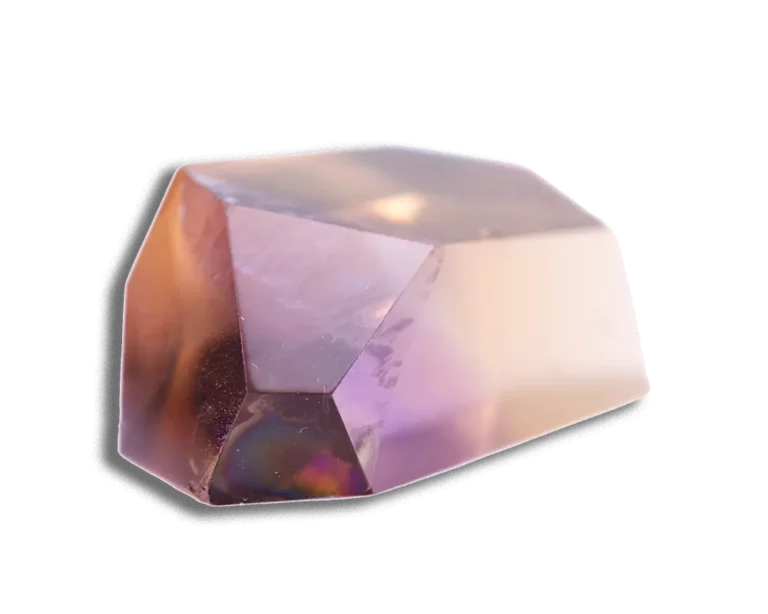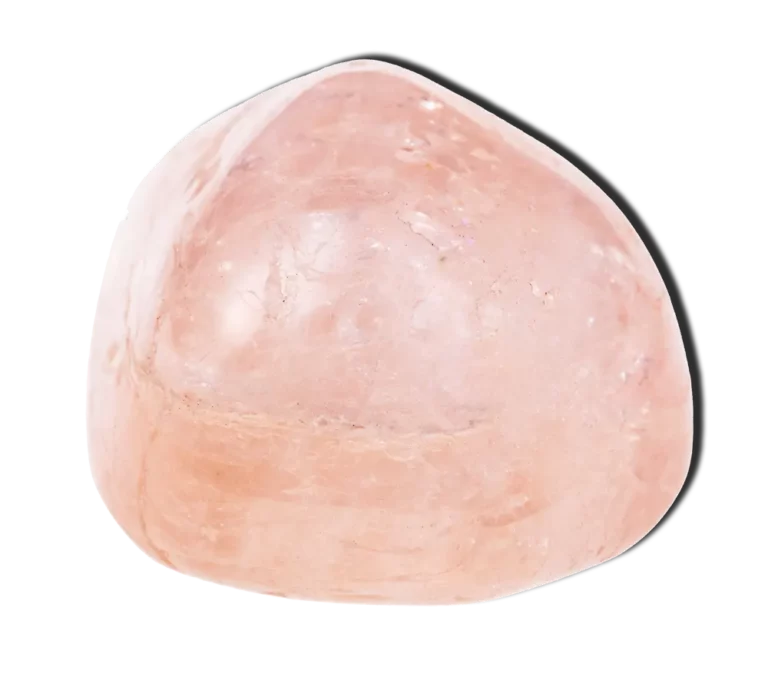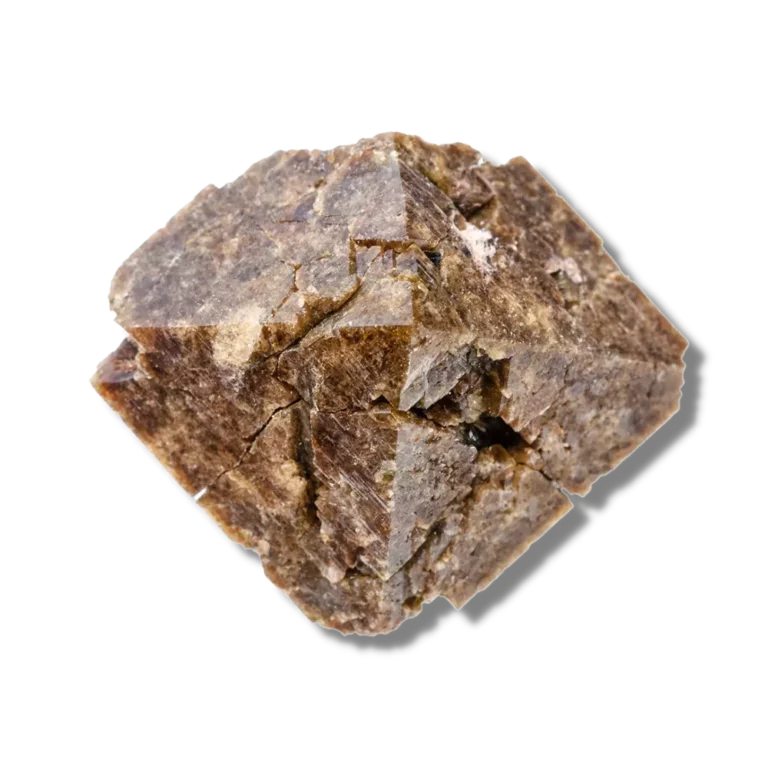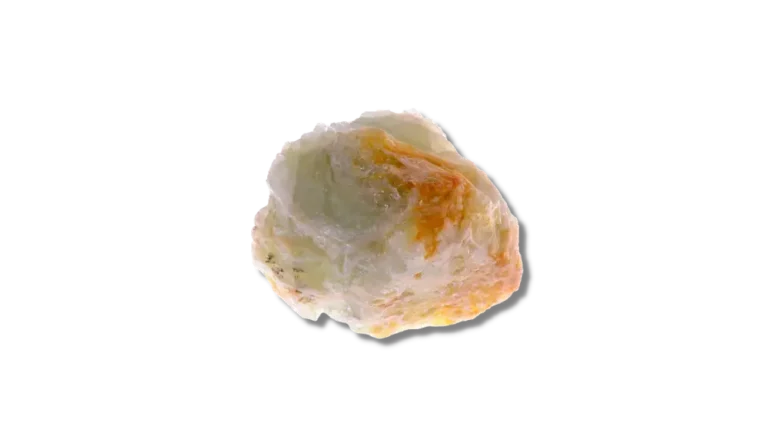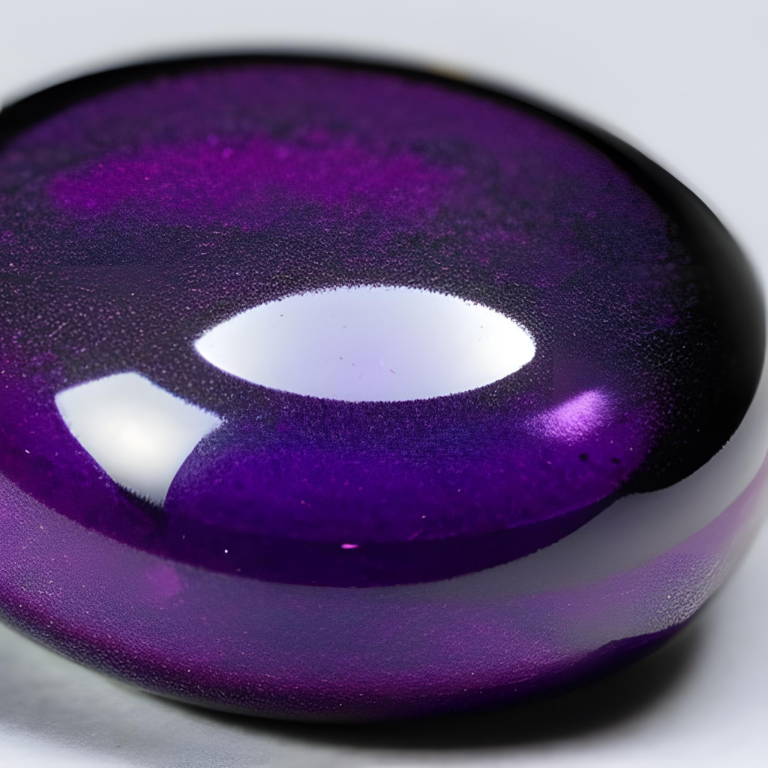Purple Sapphire: Properties, Benefits & Meanings

Purple Sapphire Overview
Purple Sapphire, also known as Purple Pukhraj and Violet Sapphire, is an incredibly beautiful member of the Corundum mineral family. It is a gemstone known for its deep purple color and strong luster. It is also considered one of the rarest varieties of Sapphire in the world.
It is often used in jewelry and other luxury items due to its rarity and beauty. The color of this gemstone can range from light violet, dark purple, or even blackish-purple.
What Is Purple Sapphire
Purple Sapphire is a gemstone that belongs to the Corundum family. It is a variety of sapphires with a dark purple color and strong luster.
Its unique appearance and glazing make it stand out from other gems. In addition, the color is fascinating and natural rather than enhanced by artificial treatment. It is incredibly durable and resistant to scratches.
Sapphires usually occur in blue but can rarely be found in pink, orange, purple, and green varieties as well.
Etymology Of Purple Sapphire
The word Sapphire originates from the Latin word sapphirus, which means blue. It is believed that the name was derived from the ancient Greek word “sappheiros“, which refers to a gemstone in their culture.
Purple Sapphire Appearance
Purple Sapphire is an exceptionally beautiful stone with bright, intense color and mesmerizing shine. The name of this gemstone indicates that it appears purple and reveals a rich array of bluish-purple or purplish pinks. This stone is considered rare, displaying mystical attributes and exquisite details.
The violet sapphire gets its color from the presence of vanadium, which creates a range from lavender to violet and deep purple to emerald in rare cases.
The color of this Sapphire is fascinating and natural rather than enhanced by artificial treatment. In addition, the Mohs hardness is 9, which makes it very durable and resistant to scratches.
This stone has fascinating features, and healing properties make it an excellent addition to any collection. The color of this gemstone is a vibrant purple that displays a unique hue and shine. This Sapphire is also known as the “Stone of Spiritual Enlightenment,” Its metaphysical properties have been used in meditation for centuries.
Where Is It Found?
Purple Sapphire is most commonly found in the following locations.
- Kashmir, India
- Sri Lanka
- Myanmar (Burma)
- Thailand
A more comprehensive list can be found in the link above.
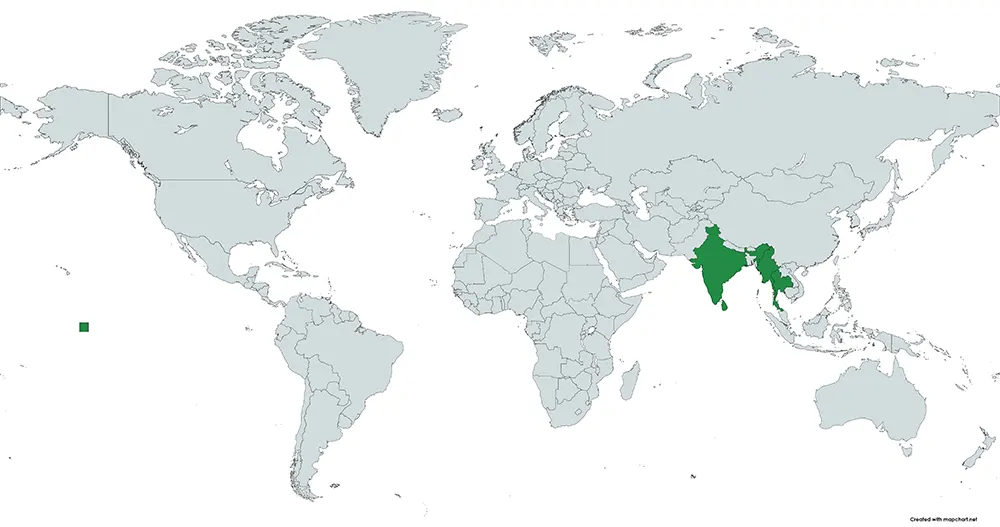
Physical Characteristics
| Mineral Group | Corundum |
| Formula | Al2O3 |
| Color | pale purple, lilac, and Magenta |
| Hardness (Mohs scale) | 9 |
| Refractive Index | 1.762 to 1.788 |
| Fracture | Uneven, Conchoidal |
| Luster | Subadamantine, Vitreous, Pearly |
| Specific Gravity | 3.95 to 4.03 |
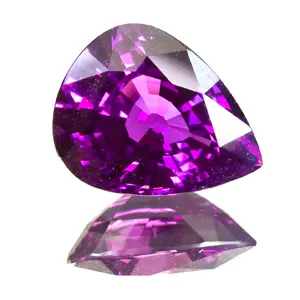
Cost and Value
Price: Refined purple sapphire cost much less than a natural, unrefined one. When evaluating the price of this sapphire, you should also consider whether it is treated or untreated and if it has been cut to perfection by a skilled gemologist.
Untreated sapphires in pure colors, such as pale purple, lilac, and Magenta, are the most valuable and rare. They can sell for $1000–2000/ ct on average.
The value is determined by its color, clarity, cut, and origin.
- Color: The color of a purple sapphire is one of the most important factors determining its value. The deeper and more saturated the hue, the higher its price will be. On the other hand, the best quality sapphires have a vivid violet or lavender color that can look almost black under bright light.
- Clarity: The clarity of Sapphire is also important, as it impacts the price of the stone. Generally, the more flawless a sapphire is, its value will be higher. However, in some cases, flaws can add to the beauty and appeal of certain stones.
- Generally, Purple Sapphire has fine silk-like inclusions that determine its value. Without inclusion — as opposed to natural imperfections or “imperfections”— the gemstone is hard to find and thus very expensive.
- Cut: The cut of Sapphire also has an impact on its value (per ct). A well-cut stone will have a flash of high brilliance and fire, along with excellent durability and color retention. The most common cuts for sapphires are round or oval cabochons, often used in rings or other jewelry pieces. Cushion cut, yellow gold jewelry is most common in the marketplace.
- Origin: The origin of the Sapphire also affects its value (per ct). Natural sapphires are most commonly mined in Sri Lanka and Thailand; however, they can also be present in other parts of the world. For example, the highest quality stones come from Kashmir in India, while those found in Thailand and Myanmar (Burma) tend to be less expensive but still high-quality gems. The total weight (per carat) also increases the price as it gets bigger.
How can a person tell if Purple Sapphire is Real or Not?
- The clarity of sapphire crystals makes it easy to distinguish between natural and lab-created stones. For example, a natural sapphire will have inclusions or flaws that can be visible with the naked eye, while a flawless specimen is created in a laboratory environment.
- To test its hardness, you can scratch it with a fingernail. Natural Sapphire has a Mohs hardness of 9, which means that it is extremely tough and can’t be marked by anything but another stone of equal or greater hardness.
- To test if a gem is natural or lab-made, breath onto it. If it fogs up and disappears in one or two seconds, the Sapphire is naturally formed (not artificial).
- Put a flashlight on the Sapphire. If it’s genuine, only its color will be reflected in the light, but if it’s fake—made with glass instead of gem material—other colors besides its own can also be seen.
- Check for air bubbles. If you see any, the gem is artificial and not worth buying. Real Sapphire lacks air bubbles because it’s made of pure crystal and has a strong, uniform coloring that won’t chip off like cheaper fillers do when exposed to an environment with heat or pressure.
- Ask an expert to inspect your stone. If you’re uncertain about its authenticity, consult a trained gemologist.
- Lastly, check the color. A blue sapphire or a yellow sapphire stone can obviously not be categorized as a purple gemstone.
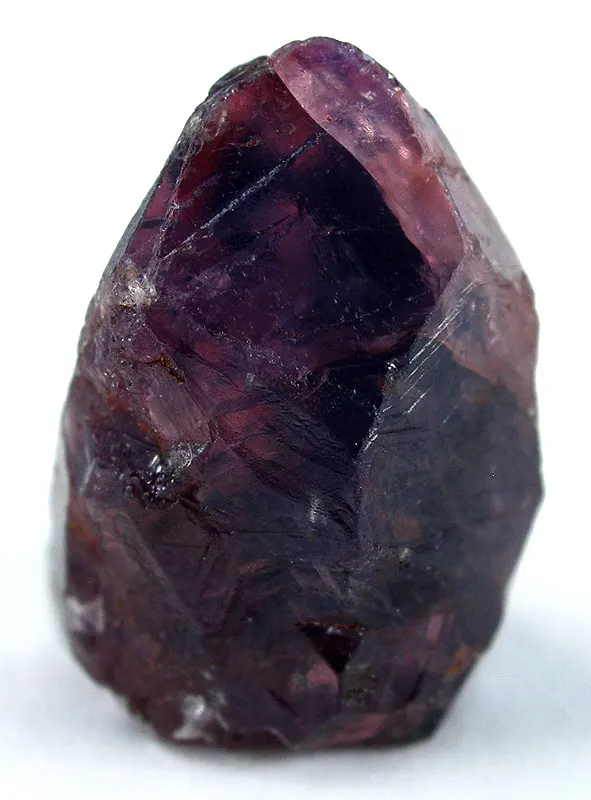
Chakra Association
Purple Sapphire helps to open the Crown Chakra, the epicenter of our spirituality.
Where is the Crown Chakra located?
It is at the top of our heads and is associated with pure consciousness.
What is another name for the Crown Chakra?
The crown chakra is called the Seventh Chakra or Sahasrara in Sanskrit, meaning “thousand-petalled.”
Purple Sapphire Meaning And Uses
- As a crown chakra stone, purple Sapphire helps the wearer connect with their spiritual side. It allows you to feel more connected to the universe and encourages self-reflection. It is also associated with wisdom, love, compassion, and forgiveness.
- It’s a powerful stone to use during meditation or when the wearer feels stuck. It helps you to observe things from a higher perspective and find the answers to life’s biggest questions. The wearer may notice his mind is clearer and calmer after wearing it.
- Purple Sapphire is also beneficial to bring success and prosperity in business and career. It can help attract more clients or customers and make better business decisions.
- It is an ideal stone to boost self-confidence and self-esteem. In addition, it helps the wearer be a better leader, manager, and negotiator and promotes leadership qualities.
- This stone is believed to bring good fortune and happiness into your life. It is also said to help with overcoming depression, balancing emotions, and bringing calmness into your life.
- This stone is said to be a natural remedy for the inexplicable malaise. Depression without a cause is a common problem, and purple Sapphire might be able to help with this. It is also said to relieve stress and anxiety, bringing calmness into your life.

How to clean Purple Sapphire Jewelry?
- Clean your purple sapphire jewelry (earrings, engagement ring, bracelet, pendants, platinum inlayed necklace) by using warm water with mild detergent.
- Use a soft toothbrush to scrub away any dirt from the gemstone gently.
- Rinse the jewelry with cold water and dry it gently using a microfiber cloth.
- Before using your stone, you should cleanse it by burning a smudge stick.
- Avoid harsh chemicals and ultrasonic cleaners, as they can damage your jewelry.
- Store your purple Sapphire jewelry in a cotton pouch or box and away from other gemstones to avoid scratches. The best way to store your purple sapphire jewelry is in its original packaging.
FAQ
What Is Purple Sapphire Good For?
Purple Sapphire is a great stone for meditation and reflection as it resonates with the crown Chakra. It helps you connect with your inner wisdom and intuition, so it’s ideal for spiritual work. In addition, it protects against psychic attack, especially when worn as jewelry. It is often used as an inlay in yellow gold or sterling silver necklace.
What Are The Healing Properties Of Purple Sapphire?
Purple Sapphire is a powerful stone that can help with many issues. It’s known for healing the mind, body, and soul. It helps with depression, stress, anger, and anxiety by calming your mind so you can focus on the present.
It’s believed to be a great stone for meditation and spiritual work. One can also use it to attract love and strengthen relationships. The healing properties of purple Sapphire include the following:
-Encouraging self-confidence
-Increasing your intuitive abilities (especially when worn as jewelry)
-Easing depression, stress, and anxiety
How Hard Is Purple Sapphire?
Purple Sapphire is a hard stone with a Mohs hardness of 9. It’s almost as hard as diamond and can be used in jewelry settings that require high durability.
Is Purple Sapphire Associated With Any Health Risks?
No. All of the information on this stone shows that it is safe to wear and use in jewelry. However, if you’re concerned about any health risks associated with purple Sapphire, talk to a doctor or other qualified medical professional.
Is Purple Sapphire Heat-treated?
No, purple sapphire does not typically undergo heat treatment. However, like amethysts and garnets, a purple sapphire ring might undergo this process under professional supervision.
Is Purple Sapphire a Birthstone?
Yes, Sapphire is the birthstone for those born in September. These people commonly wear green Sapphire diamond rings, but they can keep loose gemstones around the house to benefit from their birthstones.


